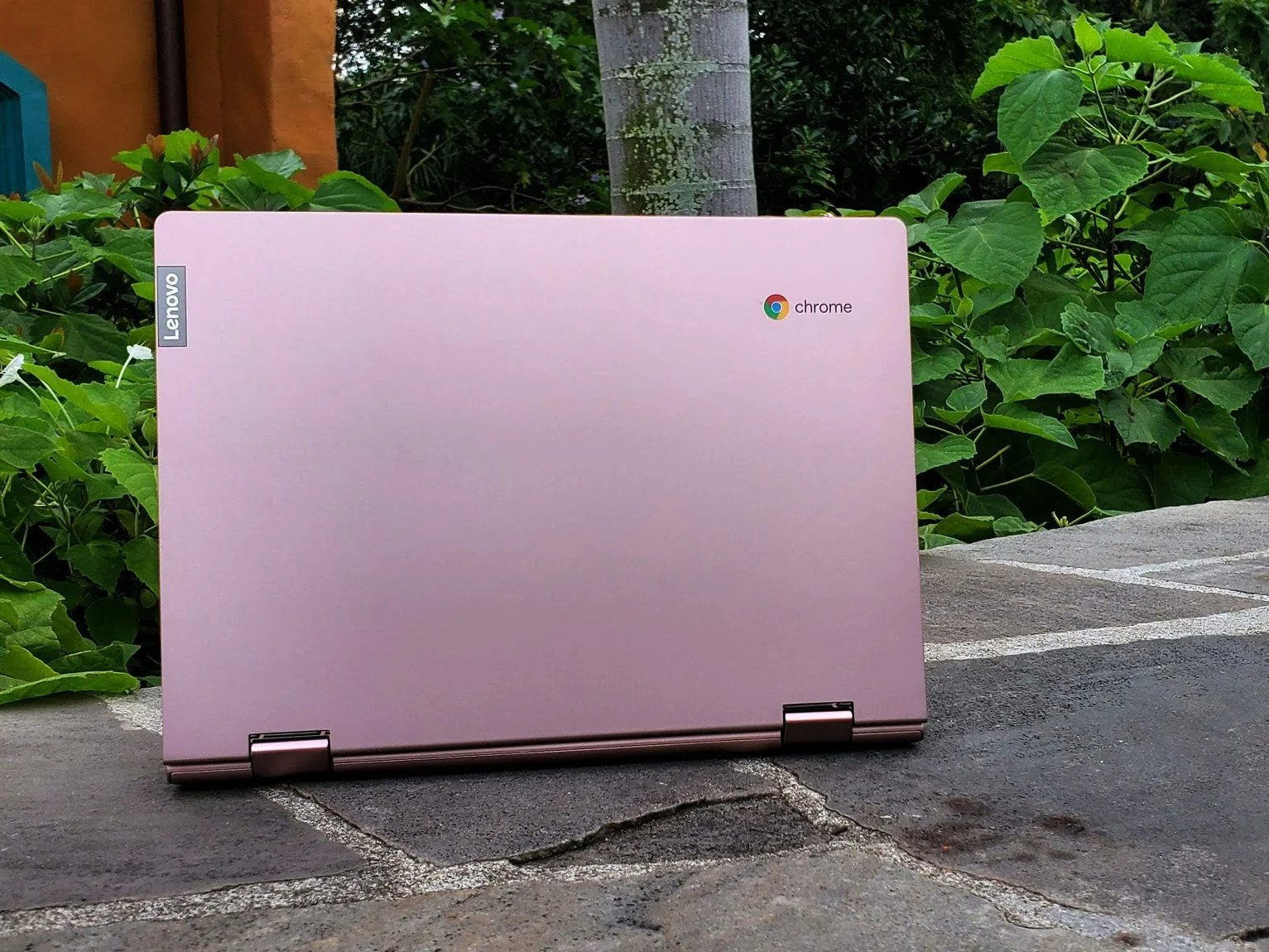These Chromebooks can now dual-boot Windows 11 and Chrome OS
A developer managed to dual-boot Windows 11 and ChromeOS onto a few laptops.

What you need to know
- It's now possible to dual-boot Windows 11 and Chrome OS onto select Chromebooks.
- At the moment, only three models support dual-booting, and they all run AMD Ryzen 3000-series CPUs.
- The functionality is limited because it requires an SSD rather than an eMMC.
Many of the best Chromebooks are also available as Windows laptops, but why purchase two devices when you can have just one? That's the idea behind a project that allows users to dual-boot Windows 11 and Chrome OS onto a single device (it also works with Windows 10). Reddit user coolstarorg shared that three models are currently capable of running both operating systems: the HP Chromebook 14b, HP Chromebook Pro 645 Enterprise, and Lenovo Yoga C13. They added that the ASUS Chromebook Flip CM5 could also be supported with a little extra effort.
A key factor that limits which devices can dual-boot Windows and Chrome OS is that an SSD is required. Many Chromebooks have eMMC drives. In their post, coolstarorg noted that "eMMC can be read/written to from Windows, but UEFI can't boot from it yet."
Here are the features that work:
- Windows Boots
- NVMe SSD is bootable and functional
- Keyboard
- Keyboard Backlight
- Trackpad (Elan verified, Synaptics has drivers available that should work)
- Touch screen (HID and Elan have drivers available)
- Graphics Acceleration
- HDMI and USB-C video output
- Brightness Control
- Sleep/Wake and Power management
- Audio (Speakers, Headphones, Microphones)
- WiFi + Bluetooth
- Webcam
- USB-A and USB-C ports
- SD Card Slot
If you dual-boot Windows onto one of the supported Chromebooks, you won't be able to use a fingerprint reader to sign in to Windows Hello.
While the ability to dual-boot Windows and Chrome OS onto a device is an attractive option, it's important to note that this functionality isn't officially supported. As such, you should only follow the how-to guide if you know what you're doing.
There are alternatives to running Windows or Windows applications on Chromebooks as well, such as Cameyo and Parallels Desktop.
All the latest news, reviews, and guides for Windows and Xbox diehards.

Sean Endicott is a tech journalist at Windows Central, specializing in Windows, Microsoft software, AI, and PCs. He's covered major launches, from Windows 10 and 11 to the rise of AI tools like ChatGPT. Sean's journey began with the Lumia 930, leading to strong ties with app developers. Outside writing, he coaches American football, utilizing Microsoft services to manage his team. He studied broadcast journalism at Nottingham Trent University and is active on X @SeanEndicott_ and Threads @sean_endicott_.
